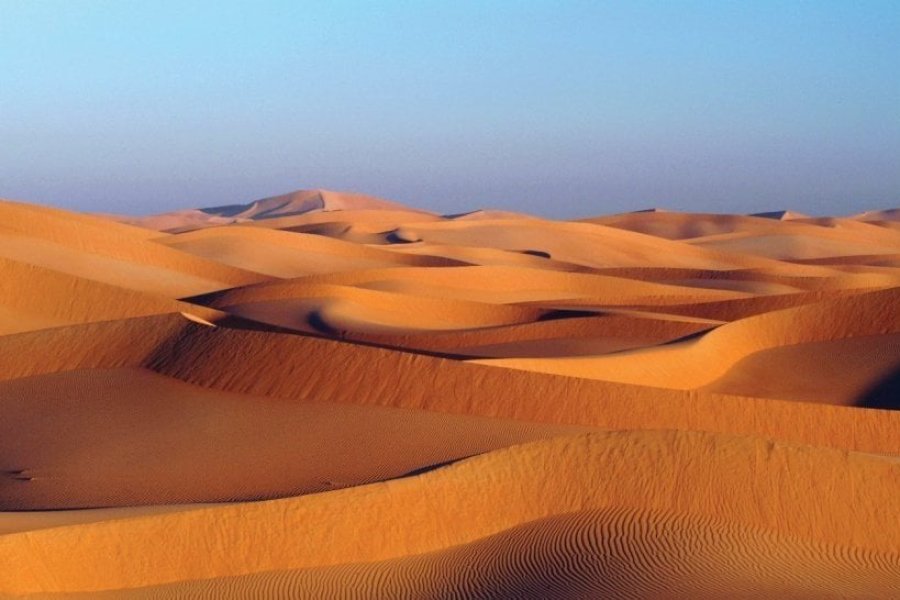Travel Guide Qalhat
Find an accommodation
Advertising
25 km north of Sur, Qalhat is one of the oldest villages in Oman, described by Marco Polo and Ibn Battuta. The original village was built on top of the cliff overlooking the bay. Only the ramparts are still visible and attest to the ancient importance of this place founded by the Persians as early as the 2nd century. In the 11th and 15th centuries, during the reign of the Princes of Hormuz, Qalhat was a very important trading port, exporting horses, dates and pearls and importing spices from India. The ancient city was unfortunately destroyed in the 16th century by successive Portuguese invasions and probably also by an earthquake. Only a few remains remain today, including the mausoleum of Bibi Maryam and ancient necropolises. Because of their importance, these ruins have been placed, since 2018, under the high protection of the UNESCO World Heritage, which is carrying out excavations and restoration work that will probably take several years. According to UNESCO: "the property encompasses the whole of the ancient city of Qalhat, delimited by its inner and outer walls, over an area of 35 hectares, as well as the areas outside the walls where the necropolises are located. The remains and monuments it contains are a perfect illustration of a port city in the Kingdom of Hormuz, whose heritage, architecture and development they reflect. ».
Suggested addresses Qalhat
Weather at the moment
Advertising
Organize your trip with our partners Qalhat
Transportation
Book your plane tickets
Car Rental
Boat rental
Accommodation & stays
Find a hotel
Holiday rental
Find your campsite
Tailor-made trip
Immersion travel
Services / On site
Activities & visits
Find a doctor




